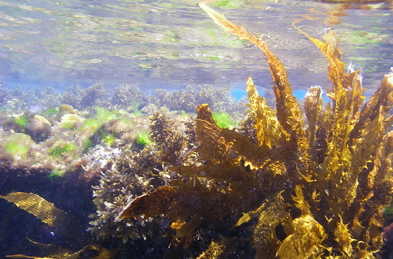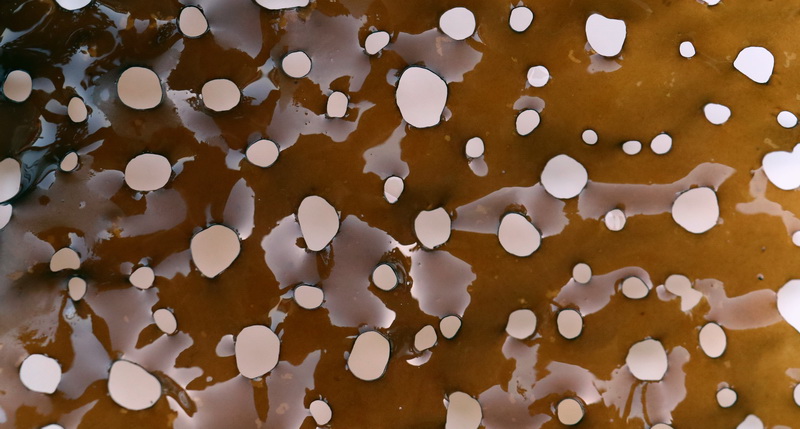Tissue tolerance of anoxia and hyperoxia in macroalgae
Submerged plants, including marine macroalgae, can experience dramatic fluctuations in tissue oxygen concentration due to the slow diffusion of gases in liquid phase (water) compared to in gas phase (air). In the light where photosynthesis produces oxygen as a waste product, oxygen accumulates inside the photosynthetic tissues. We have preliminary data showing that the oxygen concentration can reach level equivalent to 80% oxygen (80 kPa); if these tissue were in air, they would spontaneously ignite! A few hours later, extensive oxygen consumption driven by tissue respiration can render the same tissues anoxic or at least seriously hypoxic. Such dramatic fluctuations in tissue oxygen over such short time frames require rapid responses at the cellular level. In light, the high concentrations of oxygen will required a well-regulated defense system to handle reactive oxygen species (ROS) so the cells must be packed with antioxidants! In contrast, complete absence of oxygen hours later require that the cells are able to switch on fermentation processes in order to maintain the energy level of the cells.
Underwater scenery from Western Australia where kelp systems rule the waters off the coast of Perth. These systems are prone to a rise in seawater temperature that will most likely impact on their regional distribution.
See also this blog-post from our experimental work on macroalgae in Greenland.
Agarum clathratum is one of the many arctic species of seaweed found around Disko Island on the west coast of Greenland.
Here at our laboratory, we have the latest technology to measure oxygen at the tissue level using oxygen microsensors. These can be positioned inside the tissue of macroalgae (species of Fucus, Laminaria or Saccharina if focusing on kelp types) allowing us to assess changes in oxygen concentration with time while we manipulate environmental parameters such as light, temperature or the availability of inorganic carbon. Depending on your interest, we can team up with colleagues in molecular biology who can help us analyzing antioxidants, ROS or other relevant response parameters at the tissue level.
So why is this work relevant? Global climate changes have already been shown to result in higher temperatures in the sea followed by increasing levels of dissolved CO2. The proposed study is thus highly relevant also in a climate change perspective, where tolerance to anoxia (no oxygen) and hyperoxia (elevated oxygen) are bound to impact on species distribution both in temperate and arctic regions.
The project is extremely experimental and requires some interest in modern technology. At the same time, using microsensors in your research opens the door to a corridor where so many mechanisms are waiting to be discovered!
The project can be co-supervised by Jens Borum.
See the list of publications for articles on this exciting topic!
Contact Ole Pedersen for more information.


